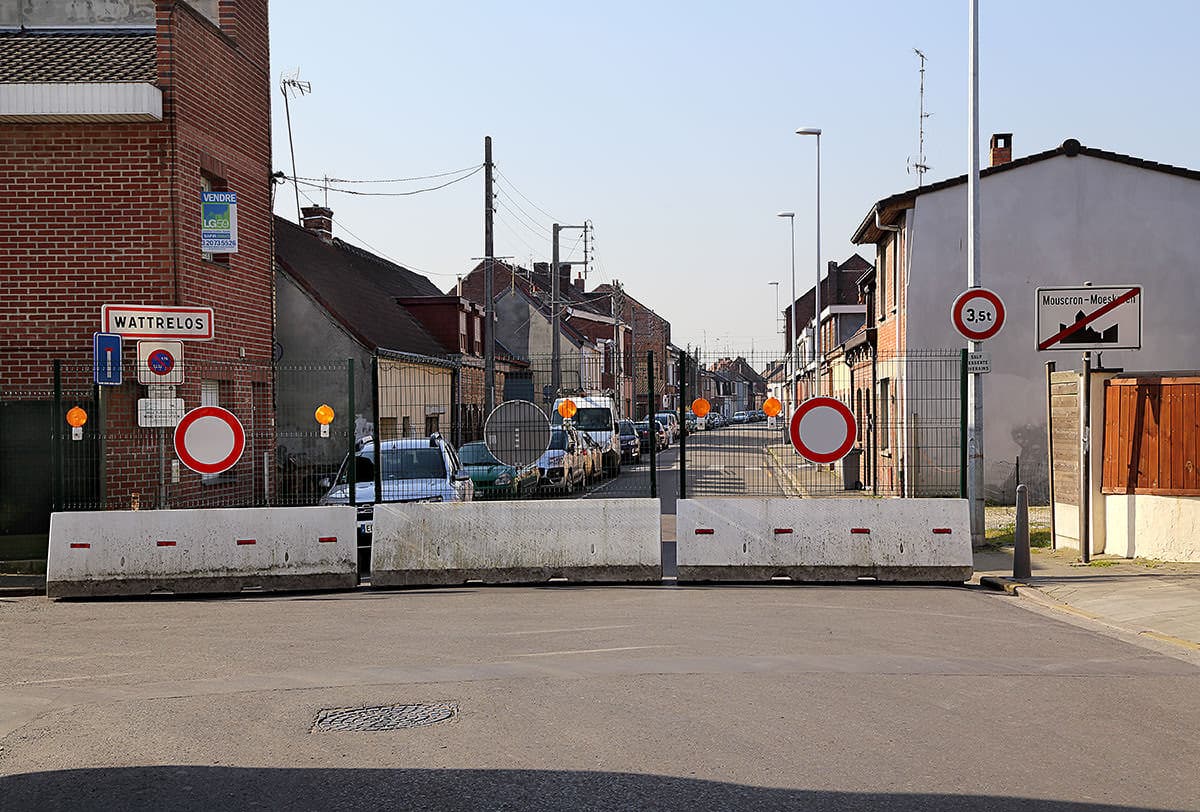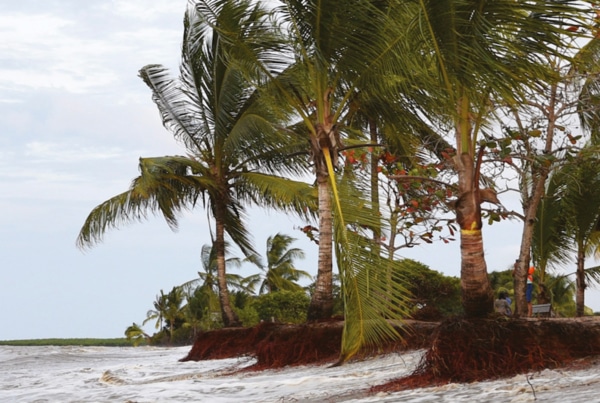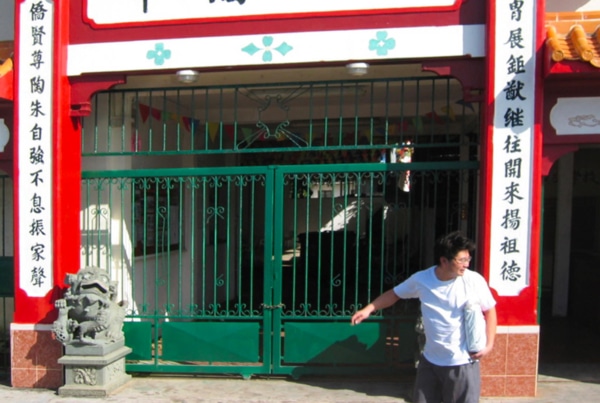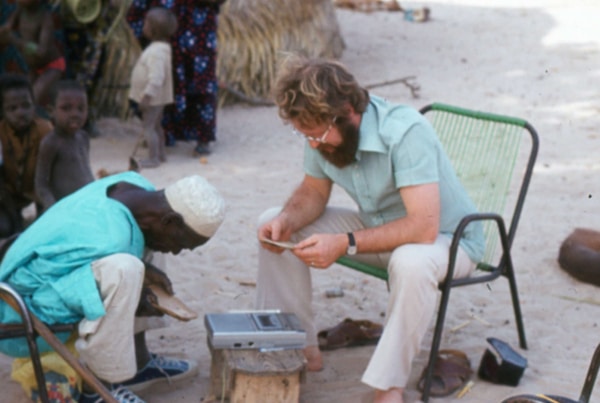
As part of the Borders, Circulations, Interculturalities and Human-Milieu Interactions seminar, the LEEISA and MINEA laboratories are organising a round table discussion on the Amerfront project on Friday 4 December 2020 from 5pm in Amphi A.
In the current state of health emergency, the question of borders is more pressing than ever. In the first place, the current pandemic is accelerating a process of border closure and national egoism that had already begun in the previous decade. It is also contributing to the updating and even invention of new borders, within national territories that are fragmented by bans on movement from one district to another or by localised administrative and/or health treatment. These restrictive measures mark the return to the forefront of the representation of a border-line, the updating of which should make it possible to erect a barrier in the face of the pandemic. In this respect, they have an impact on the daily lives of border populations, whose mobility habits have contributed over the long term to shaping a thick border with its own local dynamics. Lastly, the current crisis is generating contrasting reactions from within the population itself, ranging from calls for the border to be closed, an increase in discriminatory acts and the denunciation of the danger posed by those 'on the other side', to the re-mobilisation of strategies for circumventing and erasing a border-line perceived as artificial and disconnected from local realities. This round-table discussion continues the reflection begun by the project team on 'lived borders' through the prism of the notion of failure often associated with border regions.
The 'Borders, Circulations, Interculturalities and Human-Milieu Interactions' seminar is organised by Agnès Clerc-Renaud (LEEISA), Soizic Croguennec (MINEA), Damien Davy (LEEISA), Rosuel Lima Pereira (MINEA), Silvia Macedo (MINEA) and Marianne Palisse (LEEISA) as part of the AMERFRONT project (MINEA/UG), coordinated by Soizic Croguennec and Tina Harpin. It is particularly aimed at doctoral students at the UG and students in two masters programmes, the Civilisations, Cultures and Societies 'Societies and Interculturality' master's programme of the LSH DFR (CCS-SI master's programme) and the 'Pratiques et Ingénierie de l'éducation, du Travail et de l'Action Sociale' master's programme of the INSPÉ (PIETAS master's programme).
Speakers:
Silvia Macedo (MINEA - by Zoom) " Can I go to school? COVID 19, a sounding board for the socio-educational continuities and ruptures produced by the Franco-Brazilian border".
Damien Davy (LEEISA - OHM Oyapock) and Stéphane Granger (PhD in geography - OHM Oyapock): "COVID and indigenous people in French Guiana and the Amazon".
Soizic Croguennec (MINEA): "COVID 19, Title 42 and the acceleration of Trump's policy on the US-Mexico border".




